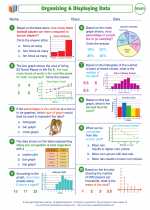Heron's Formula
Heron's formula is a formula used to find the area of a triangle when the lengths of all three sides are known. It is named after Hero of Alexandria, a Greek engineer and mathematician.
The formula is given by:
\[ \text{Area} = \sqrt{s(s-a)(s-b)(s-c)} \]
Where \(s\) is the semi-perimeter of the triangle, and \(a\), \(b\), and \(c\) are the lengths of the three sides of the triangle.
The semi-perimeter \(s\) is calculated as:
\[ s = \frac{a + b + c}{2} \]
Study Guide
Here are the key steps to using Heron's formula:
- Identify the lengths of all three sides of the triangle (denoted as \(a\), \(b\), and \(c\)).
- Calculate the semi-perimeter \(s\) using the formula \(s = \frac{a + b + c}{2}\).
- Use the formula \(\text{Area} = \sqrt{s(s-a)(s-b)(s-c)}\) to find the area of the triangle.
- Apply the square root to the value obtained from the formula to get the final area of the triangle.
It's important to remember that Heron's formula can be used to find the area of any triangle, regardless of whether it is a right-angled triangle or not.
Understanding and applying Heron's formula is essential for solving problems related to geometry and trigonometry, and it provides an alternative method for finding the area of a triangle when the heights and base lengths are not given.
Practice using Heron's formula with different types of triangles to strengthen your understanding of the concept and its application in real-world scenarios.
Remember to always check your calculations and units when using Heron's formula to ensure accurate results.
Hope this helps! Let me know if you have further questions.
.◂Math Worksheets and Study Guides Eighth Grade. Displaying data
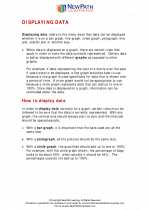
 Worksheet/Answer key
Worksheet/Answer key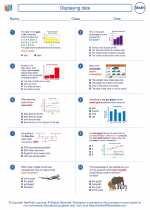
 Worksheet/Answer key
Worksheet/Answer key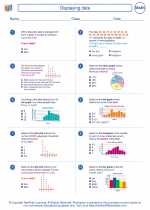
 Worksheet/Answer key
Worksheet/Answer key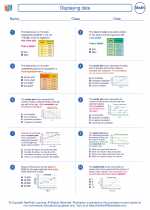
 Worksheet/Answer key
Worksheet/Answer key